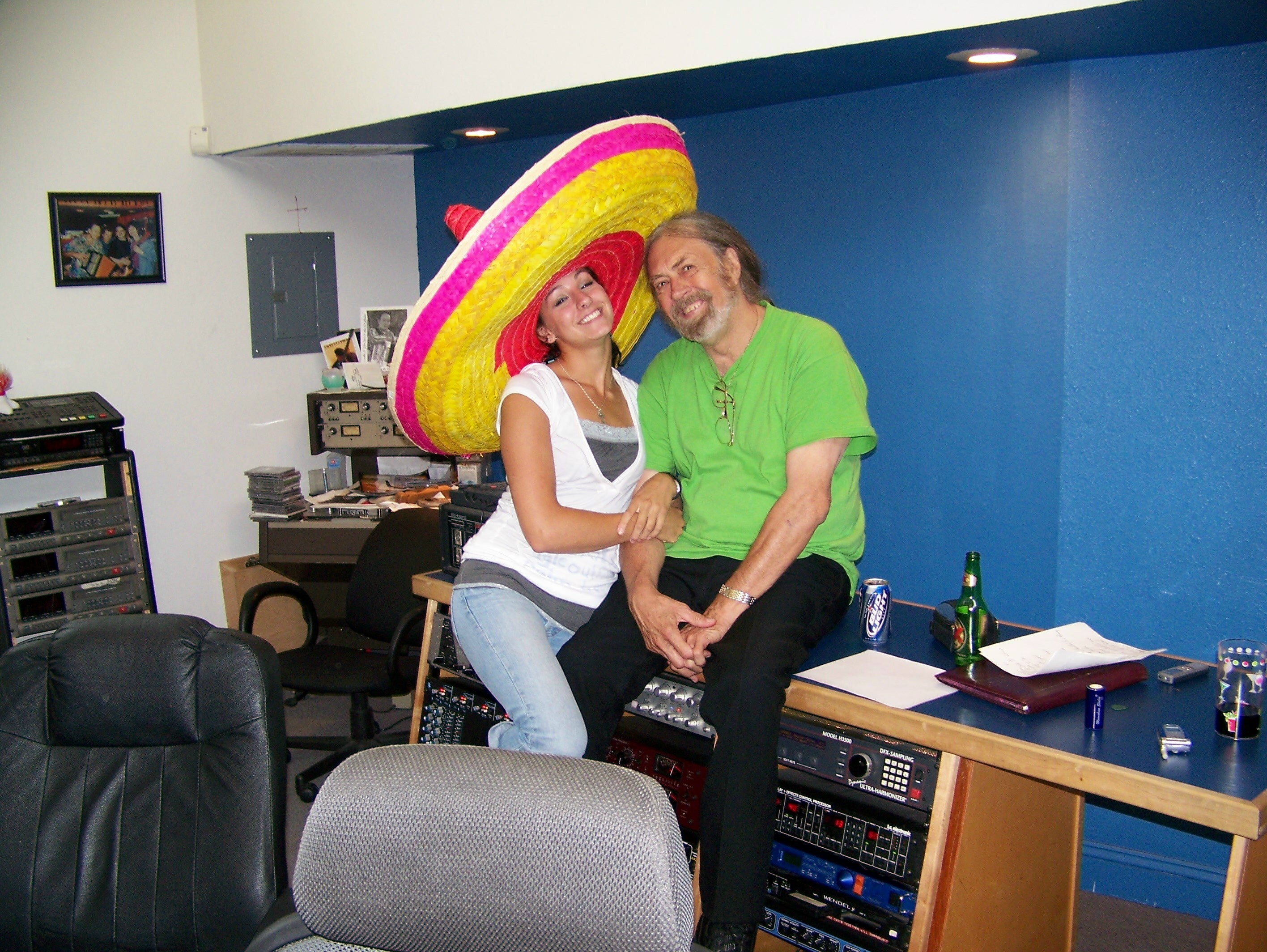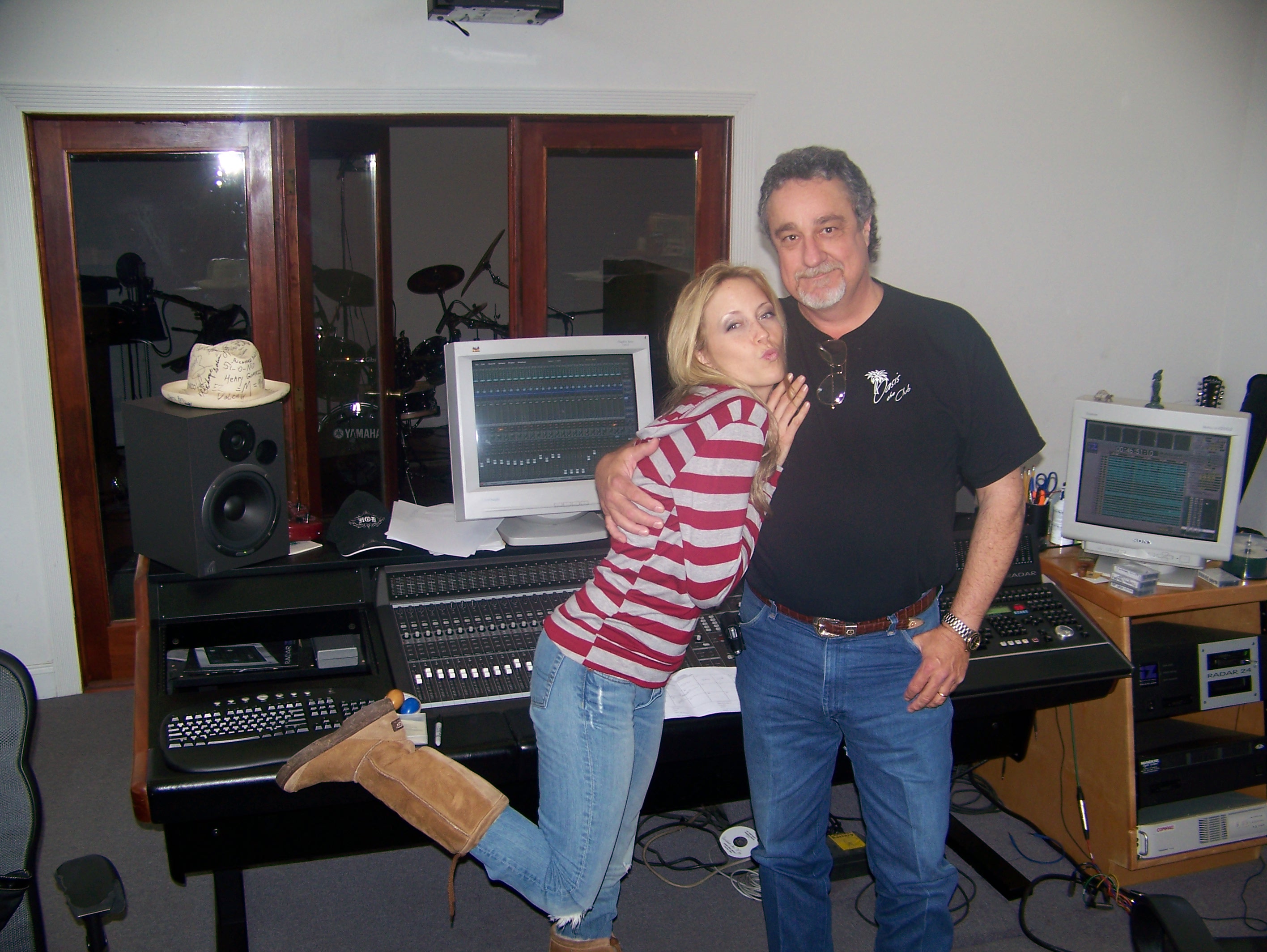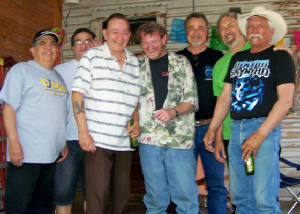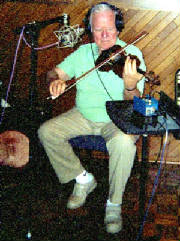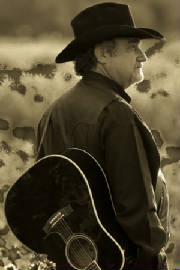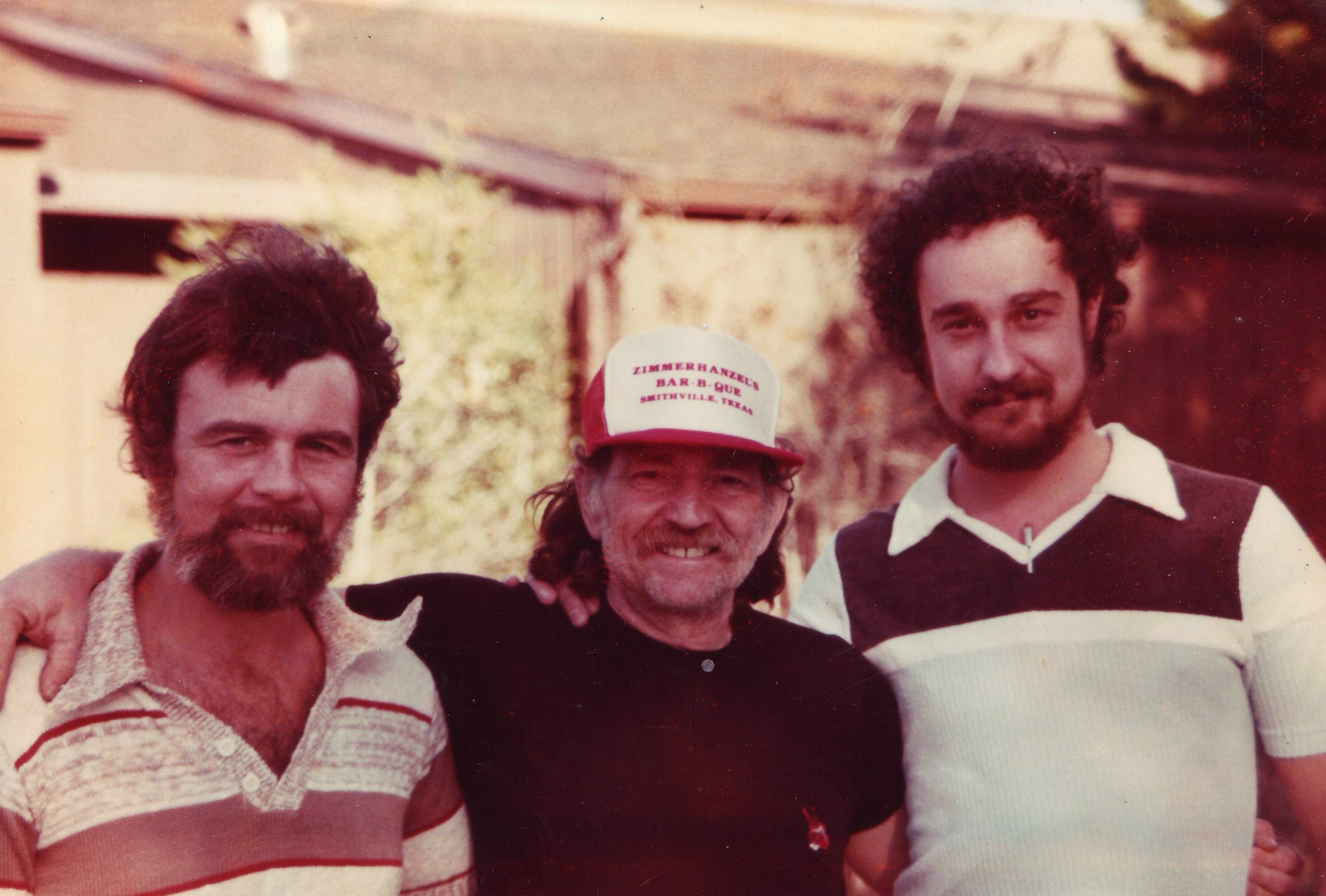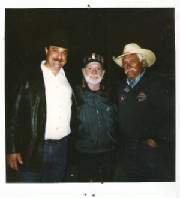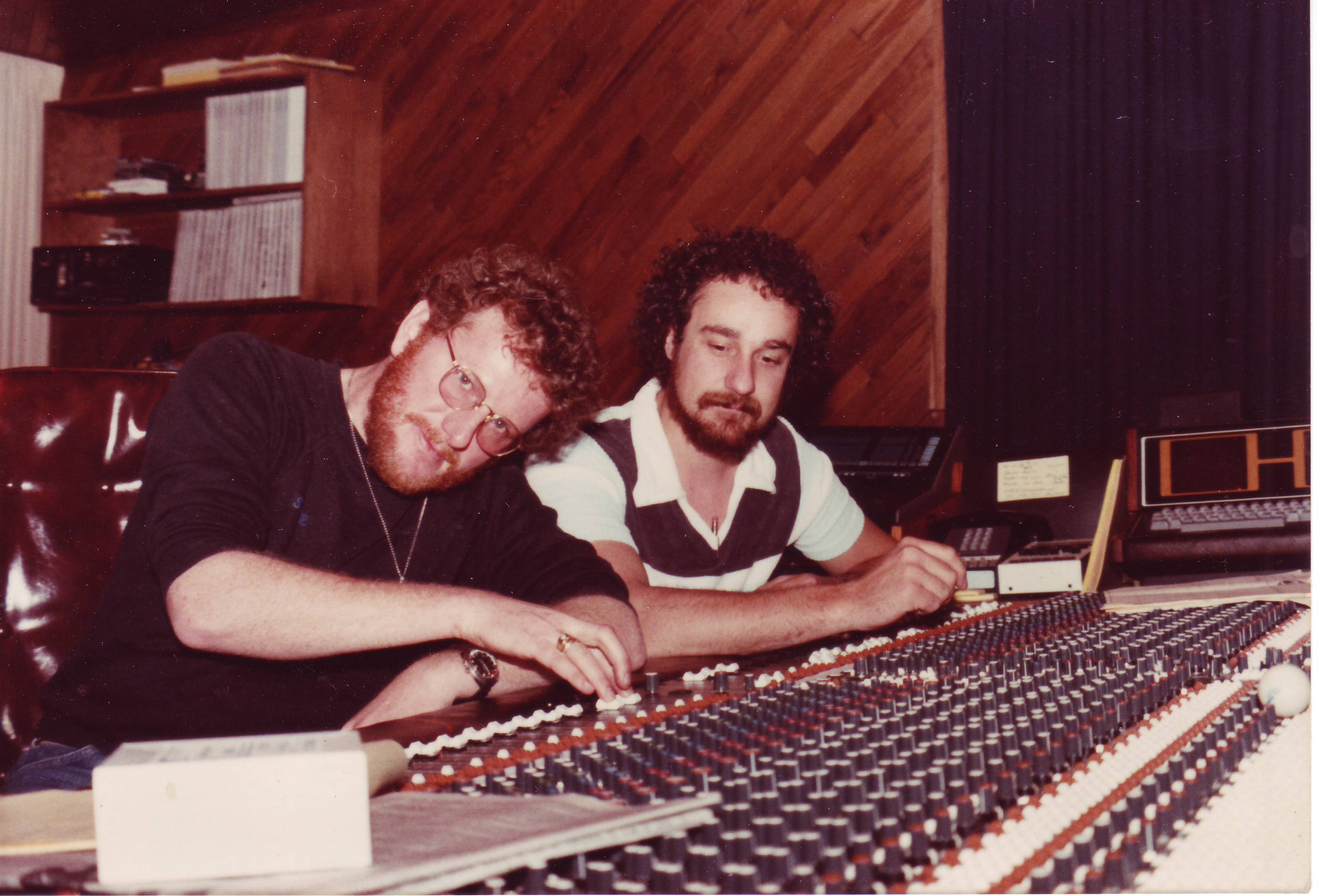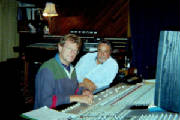By Joe Hyde
Publisher
T. Gozney Thornton and the Old Hat Band perform at The Herald starting at 8 p.m. Saturday, Mar. 1.
Mild-mannered and humble, T. Gozney Thornton, who attended middle school and high school in Del Rio, finds solace on his ranch along Dove Creek near San Angelo. He’s running cattle and goats. He even has a llama. “This is where I come to find peace and inspiration every afternoon,” Thornton, now in his mid-50s, says. But Thornton’s roller coaster ride to his present life started when he detoured off the Texas music scene—when he had been in his musical prime—to find business success in telecommunications towers, and to raise his growing family.
Now Thornton is “semi-retired.” His youngest, daughter Tiana, is graduating from Texas Tech next year. And he is diving back into his love of music and finding success.
The Texas country music scene is in its second or third generation today. Bands ride the circuit, self-sustained at lots of local venues and through a growing local fan base. Before the current movement, there was an earlier one in the ‘70s and ‘80s, to which today’s younger crop pays its respects. It was the heyday for Willie Nelson, Waylon Jennings, David Alan Coe, Billy Callery, Stevie Ray Vaughan, and Jerry Jeff Walker. It was when the PBS show “Austin City Limits” was started, and the song “Luckenbach, Texas” was charting number one for months.
Thornton was in the middle of the earlier Texas music scene. He applied all of his energy and talent into breaking into the business back then. He was well on his way, too. He claims to have toured 200 shows per year. He opened for Willie Nelson, and George Strait opened for him. He was living the dream, on the fast track to certain stardom with his guitar, his music, and his band. He was living the Austin music scene before Austin really had a music scene like it does today.
But his future wife’s grandmother foreshadowed Thornton’s musical path in 1982. Ms. Kathleen Yellott, known simply as “mom” in the family, was a fortuneteller—a curandera. She told young Thornton that success in music was going to elude him, at least this time around.
“When we first met she said, ‘You’re a musician aren’t you?’ I asked how she knew. She said, ‘Sit down, I’m going to look into your future.’ I did, and she did. And then she gave me some news I didn’t want to hear. She told me that I was going to make it in the music business, but not until a quarter of a century had passed.
“There I was getting all these great gigs and playing with some of the finest musicians in the world. I had the world by the tail!” Thornton says.
In 1982, Thornton secured a recording deal with Willie Nelson’s label, through an introduction by Billy Callery (Callery wrote the famous Willie tune, “Hands on the Wheel”). After meeting Willie in his driveway at what Thornton calls “Willie Land”—the Pedernales estate where Nelson maintained a studio—Thornton was recording his first album. Thornton also married his lovely wife Pam that year, who at the time was only 24.
Thornton continued to tour, make good money, and play fantastic gigs. He performed at the annual Willie Nelson picnics; Farm Aid; sang the state song at Texas Governor Mark White’s Governor’s Ball. He cut a track on the Texas Sesquicentennial album. But none of these accomplishments put the musician in the realm of those country singers who make fortunes on music royalties. The album he cut at Willie’s studio in 1982 remained “in the can,” untouched. Without a recording contract, Thornton was a slave to the road to bring home good money for his growing family.
Thornton’s 12-year-old son Eric (from an earlier marriage) had come home to live with him just after he married Pam. “We just loved hearing the gossip,” Pam says today. “People would see us together and when I would tell them I was 24, you’d see them doing the math. They’d ask, ‘Is that really your son?’” In 1985, the Thorntons welcomed a daughter, Tiana, into the family.
By 1987, nothing was happening with the album Thornton had cut in ‘82. “With a teenaged son in need of a dad and a newborn baby girl in tow, I decided it was time to leave this crazy life on the road and head home to West Texas to help my wife raise our children,” Thornton says.
The family moved to San Angelo where Thornton quickly found he wasn’t prepared to earn a living outside of music. “I’d made pretty good money playing, and all of a sudden I found myself with no job, no skills other than musical, and no prospects,” Thornton recalls. He hocked his instruments and equipment to pay the rent on a small house in the barrio in San Angelo until he found a job as a plumber’s apprentice. “Let me tell you! Digging a 60-foot trench with a pick and shovel seemed a long, long way from playing before 40,000 screaming fans at Willie’s Picnic!” Thornton says.
The Andersons, family friends and owners of Texas Towers, hired Thornton to be their office manager. The wages were meager, but Thornton says he convinced the Andersons to let him sell. He made $18,000 during his first year, then doubled and tripled it in subsequent years.
The tower business was in its infancy when Thornton started. At first there were only pagers and two-way radios. But soon, cellular telephone companies were building their networks, and needed more towers and rented space. Thornton accepted a vice president position with legendary communications entrepreneur Blackstone Dillworth, who built the infrastructure for much of the cellular service in Texas, including the original Sprint PCS cellular network. With knowledge and contacts obtained in the tower business, Thornton founded his own tower company. He has since sold the company, but he still owns and leases towers all over the Southwest.
“Now that I am semi-retired, it’s time to get back to the music,” Thornton says with a smile.
The first step was to close the chapter on the album he recorded in Willie Nelson’s studio in 1982. But the tapes were long gone, or so Thornton thought. A friend helped him find the original tapes at Arlyn Studio, located in the old Austin Opry House. But the tapes were in poor shape. After the 3M technology company sent a machine to Austin that would re-bake the tapes, Thornton took them to Fredericksburg’s Loma Ranch Studio (“One of the only places in the country that still had a Studer tape machine,” Thornton says) and converted the recordings to digital. “Lo and behold, the quality was still there!” Thornton says.
The recordings were re-mastered, and old and new friends joined Thornton to add tracks: Joe Forlini, Thornton’s original guitar player, added new guitar work. Johnny Gimble added the fiddle to some of the tracks. And Paulene Reese agreed to add her voice to some of the duets on the album. “She was two years old when we recorded the original song,” Thornton muses.
The finished product, 26 years in the making, is “Legends Before the Fall.” It is the original 1982 album, with many of the original tracks that were laid in the 1982 recording sessions. Thornton added some new songs and calls it his musical odyssey. It is his way of letting the world know he is back.
And back he is. The album earned a Grammy nomination this year.
“Getting back into the music business is a lot easier when you have money,” Thornton says. But it also takes talent. Thornton has a great voice. “I guess I got it singing with my grandmother since I was three years old,” he says. “She was a voice teacher. I actually have some recordings of me singing with her.”
On “Legends Before the Fall,” there are recurring themes about Thornton’s life and love. Thornton explains some of his songs:
“Es Tu Vida”—“It’s your life. And it’s a story of my life. It’s been a roller coaster ride. It’s been real high. Thought I had it made in the music business. I signed with Willie Nelson. [It was] every kid’s dream! And then got the rug pulled out from under me because they weren’t going to release my album. And I came here [to San Angelo], started working as a plumber’s helper first, started from the ground up, and had to hock all my stuff. I’ve [since] built my life back up [where I] have something to be proud of. It could end in a moment’s notice; with droughts, the tower business could crumble into another 9/11. It’s a roller coaster ride.”
“It’s Too Late”—“It’s about a girl I had been living with for several years, and I called her up from Jackson Hole, Wyoming, from an old cowboy bar we had been playing up there, and she told me she had moved everything out of the house and moved in with another man. ‘It’s too late, the magic is all gone,’ she said. The song was written before I met Pam. I wrote it a long time ago.”
“True Loving Ladies”—“Just my concept of women, I guess. True loving ladies don’t come free. You have to pay for them one way or the other.”
“Best Part of Lovin’”—“A new song I wrote for my wife, Pam. It’s a fairly new song.”
“Legends before the Fall”—“Another story about people out on the road trying to make it after 20 years. [They’re] banging their heads up against the wall in those bars, and just chasing that big brass ring. But it’s just out of reach. And they’ve made it, and they were legends, and then the rug was pulled out from under them. In Legends, the guy is talking to a curandera, and she says, ‘When you get older, you’re going to make it.’ And that’s what I believe about my own life.”
“Strawberry Stallion”—“This is a song about a rodeo cowboy who was in love with this girl, and she followed him all over the country while he was rodeoing. She had her own strawberry-colored stallion. And then he woke up one morning and the strawberry stallion was gone, [and] so was the girl. And the cowboy surmises the stallion and the girl are somewhere in Louisiana now, by an antebellum home, with the stallion standing out in the pasture. She got tired of chasing after him. And that’s happened to so many musicians: The girl falls in love with him, but then he’s on the road all the time . . . so it means something to me, too. I lost several girlfriends that way.”
“Dream”—“Guy and I wrote that song on a ranch in South Texas. We wrote it about a girl leaving… Well, it’s another love song.”
What’s Next?
Thornton is working on a compilation album to be recorded inside the Alamo in San Antonio. “K.R. Wood and Ron Chancey and I are working a deal to go into the Alamo to record and document it on film as well, inside the hallowed Alamo,” Thornton says. “We’re going to use Davy Crockett’s fiddle. We’re going in with George Strait, the Oak Ridge Boys, and we’re talking to Natalie Maines and the Dixie Chicks.
“I’m looking to make it in music. I know I am not a young stud anymore, I am not going to make it in that niche, but I can still make it on the ‘cracker barrel’ scene,” Thornton says.


